We started at East Bergholt, birthplace of John Constable whose father owned Flatford Mill, and where his first studio still stands, now a domestic residence but commemorated with a plaque.
Beyond the village, views south across the valley of the River Stour to Dedham and Stratford St Mary.
At the far end of the field, where a way marker points the ways, other walkers before us are turning in circles, looking for the path. The map shows Dead Lane as a metalled road but the only option is an overgrown hollow lane. “After you,” they say and suddenly we are pathfinders, leading the way down through the tangle of bramble and elder, blackthorn, field maple and nettles.
We put a step on it, through the dappled tunnel, its banks full of other smaller tunnels dug by rabbits and their neighbours, and we leave our pursuers standing.
We follow the path alongside fields on our left fenced with chicken wire to keep out the rabbits, and on our right we’re watched by curious black-faced sheep.
We’re immersed in green, it’s easy being green, kind of green, blue in green, through a green fuse to a green age, we’re thinking green thoughts in a green shade.
We swallow the scene through our ears and our nostrils and our fingertips, but mostly through our eyes and the beauty of a buttercup steals our heart.
We cross the River Stour over the wooden Fen Bridge and join a procession of walkers going to and fro over the riverside meadows between Dedham and Flatford.
We stay close to the river where we meet with some remarkable willow trees, ancient twisted pollards, enduring guardians of the riverbank.
At Flatford we pause for lunch, long enough for our pursuers to catch up, but we give them the slip in the newly planted RSPB garden, buzzing with life and birds and bees.
Walking through Flatford feels like we’re walking through some of Constable’s best loved paintings.
Boat-Building near Flatford Mill
Flatford Mill (Scene on a Navigable River)
Beyond Flatford we climb Miller’s Field. Look south and there’s a great panorama over the Stour valley. Look long enough and you’ll see the ghosts of earlier visitors. Look closely and you’ll see our pursuers from Dead Lane, at the bottom of the hill, stepping on our footprints, treading on our tail. These paths have been walked by generations, they’re a shared experience, so why do I feel they’re stealing our walk? And why do I find myself thinking of Michael Cullimore‘s Resurrection Tree?
Back in East Bergholt we come into the churchyard and discover a cage of bells. It’s a music box waiting to be wound up, an alarm awaiting release, a choir waiting to sing and a song waiting to be sung. It’s full of potential, latent appeals, ripe applause; it’s a fruit tree waiting to be picked.
Inside the church we find John Constable’s collected aphorisms, and when I read – My limited and abstracted art is to be found under every hedge and in every lane, and therefore nobody thinks it worth picking up – I feel obliged to go around once more but this time on my hands and knees.
Walk the walk – Constable Country at Flatford Mill


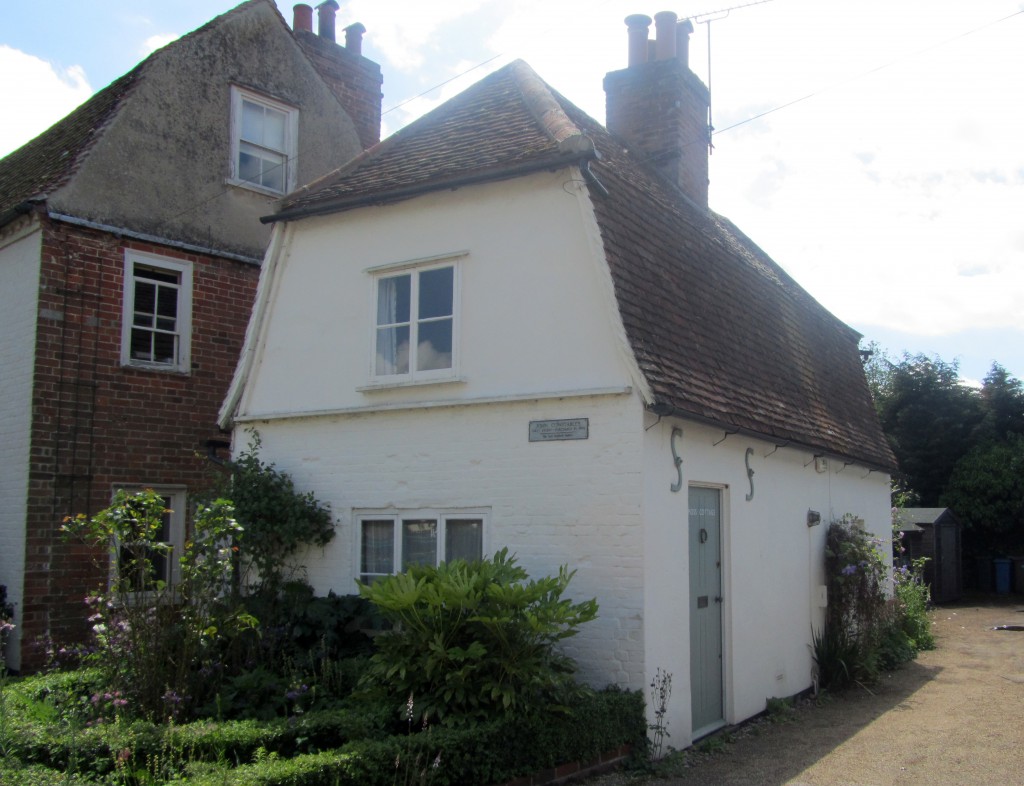
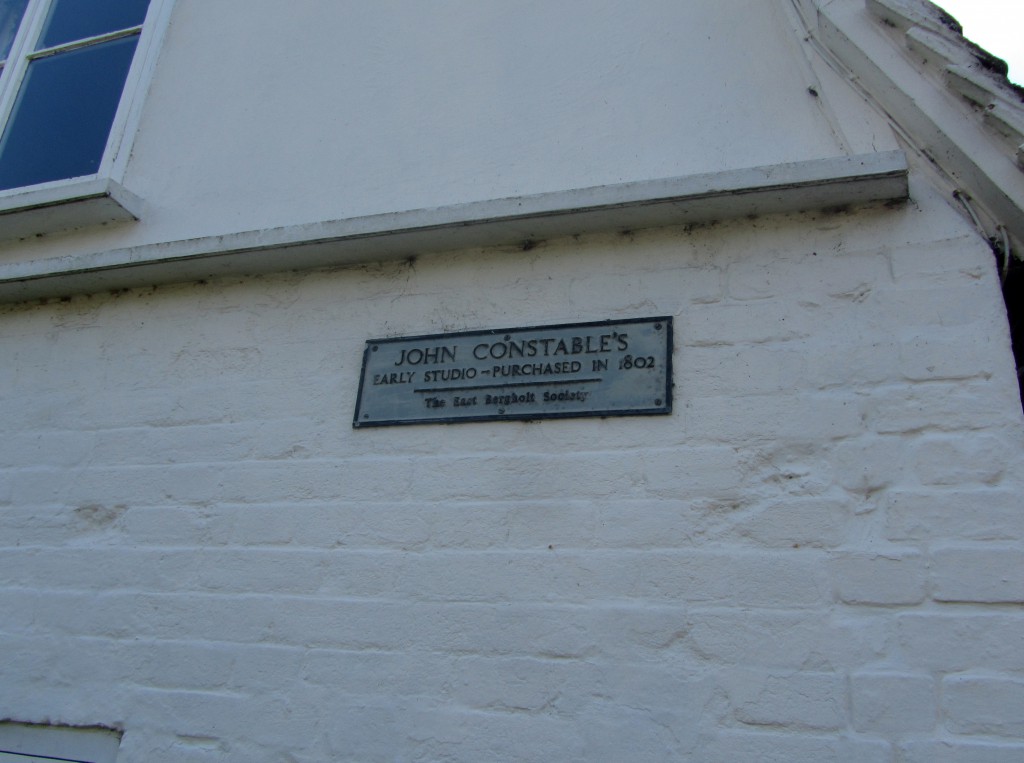
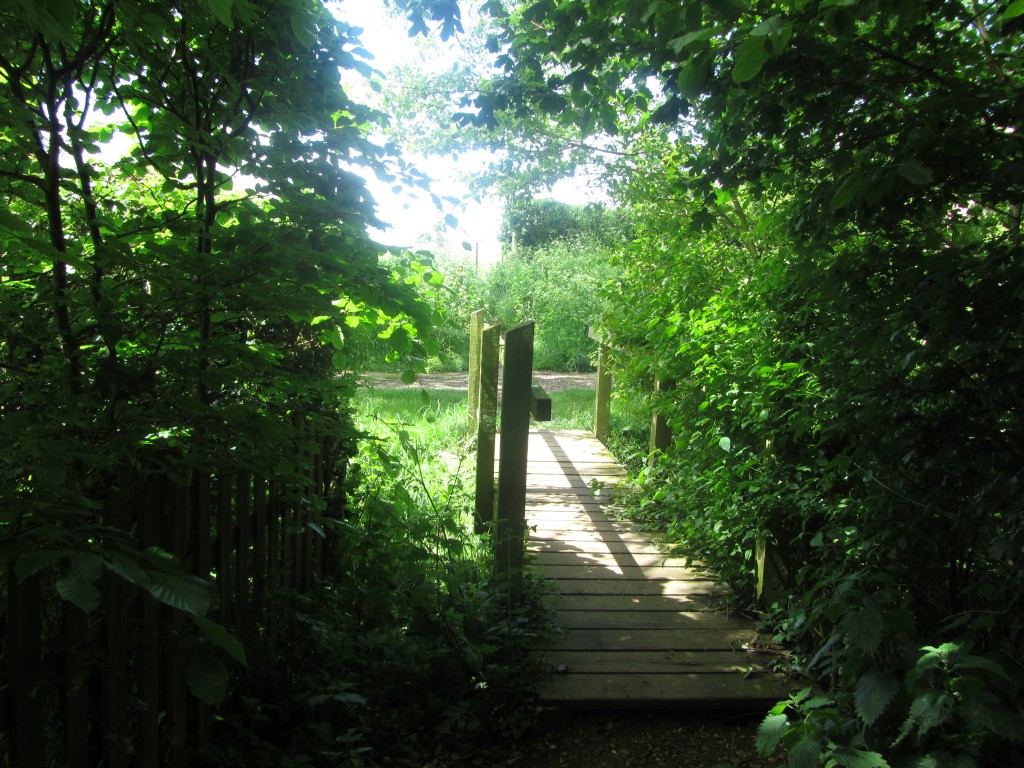
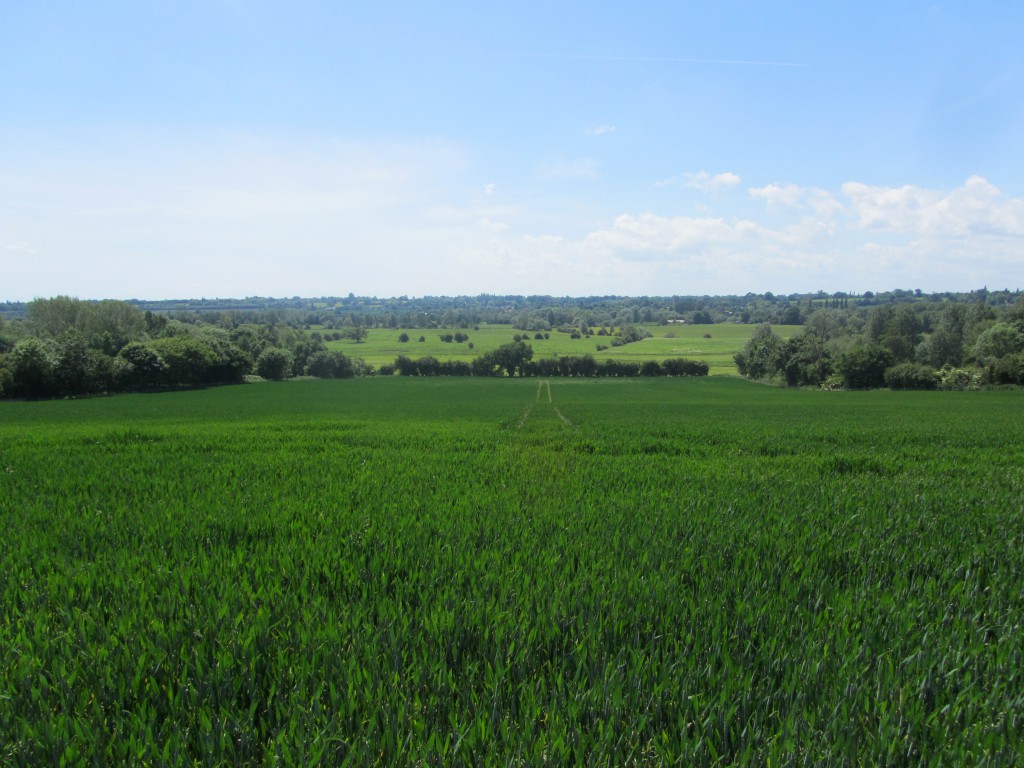



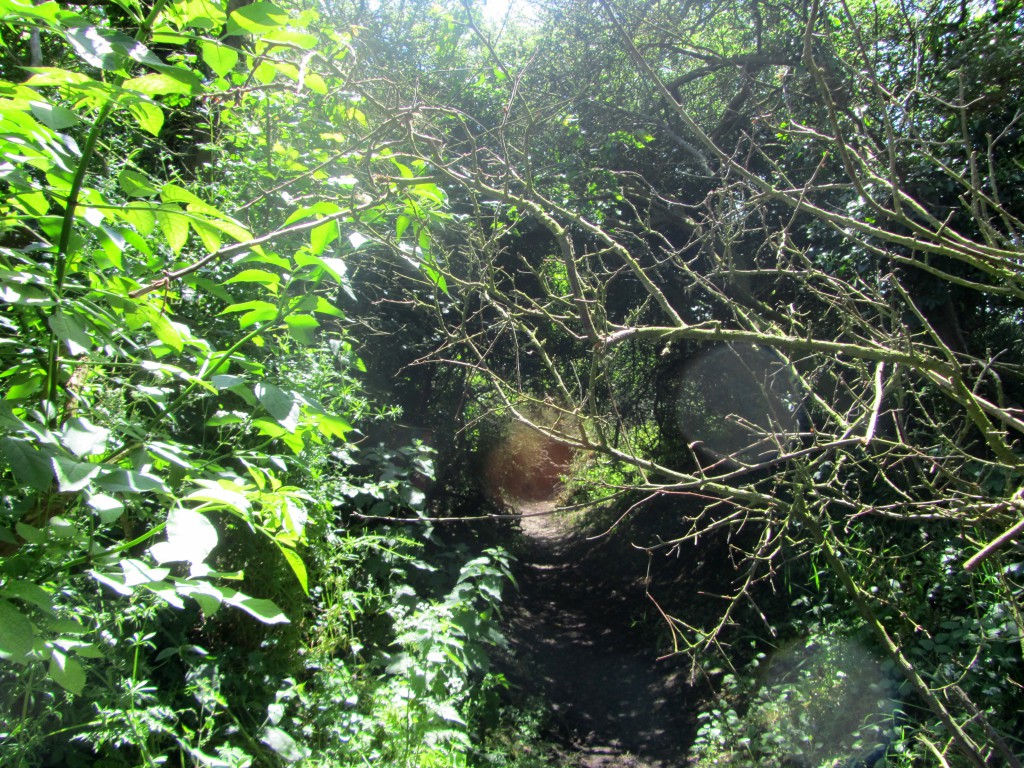
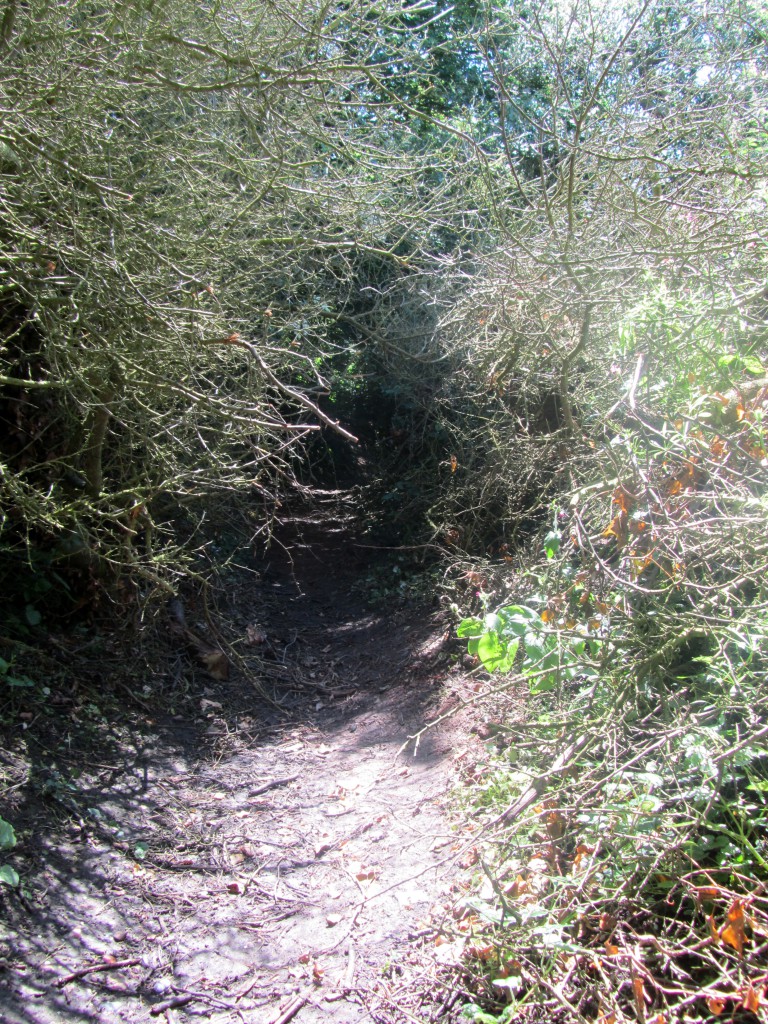

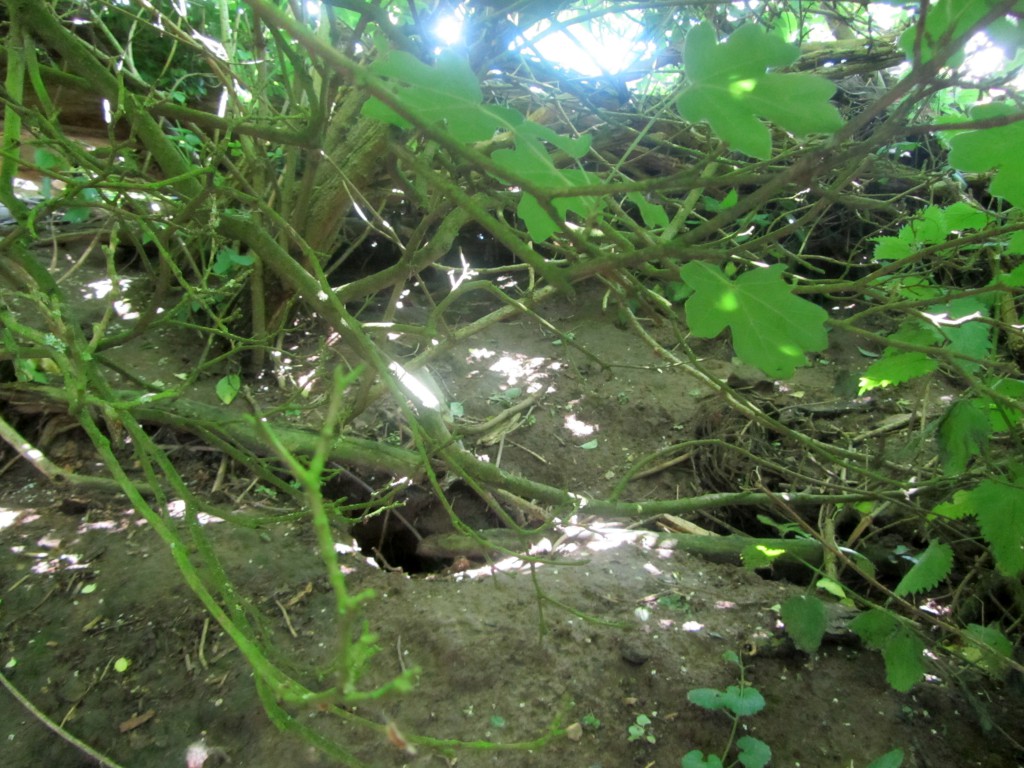
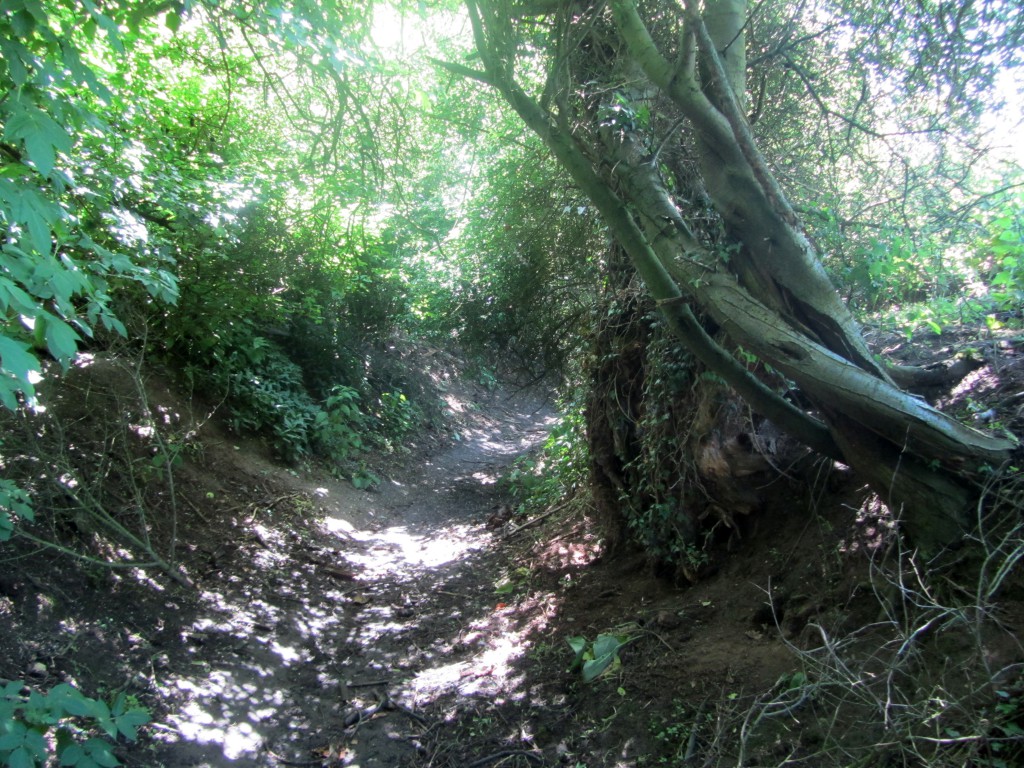
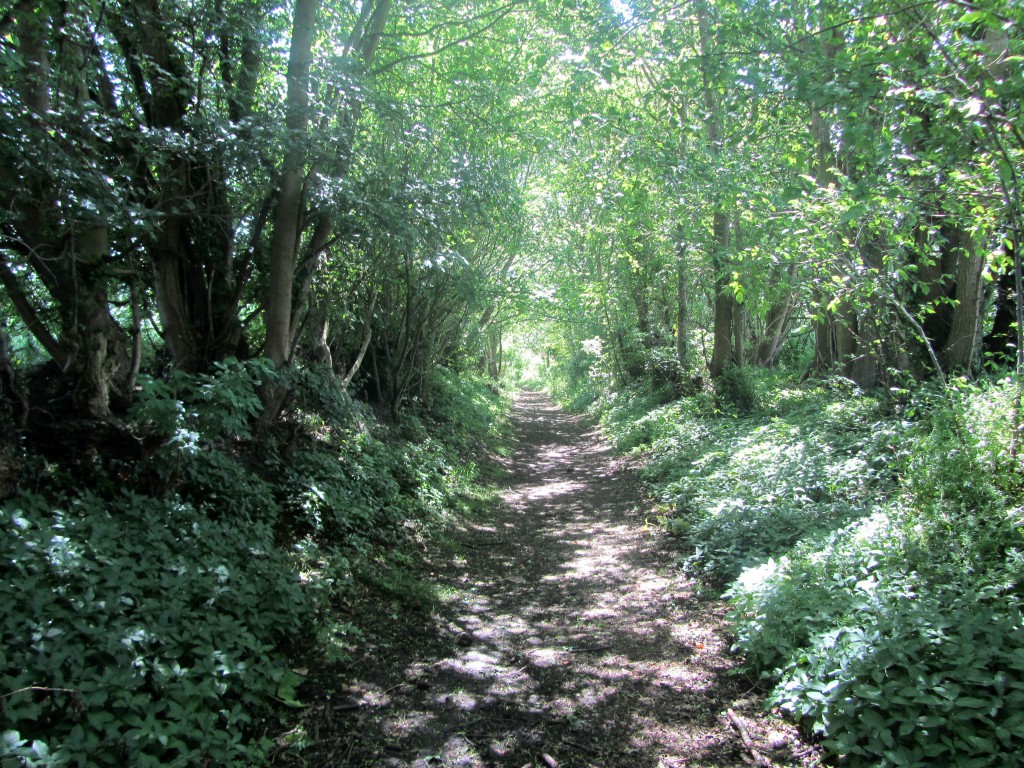


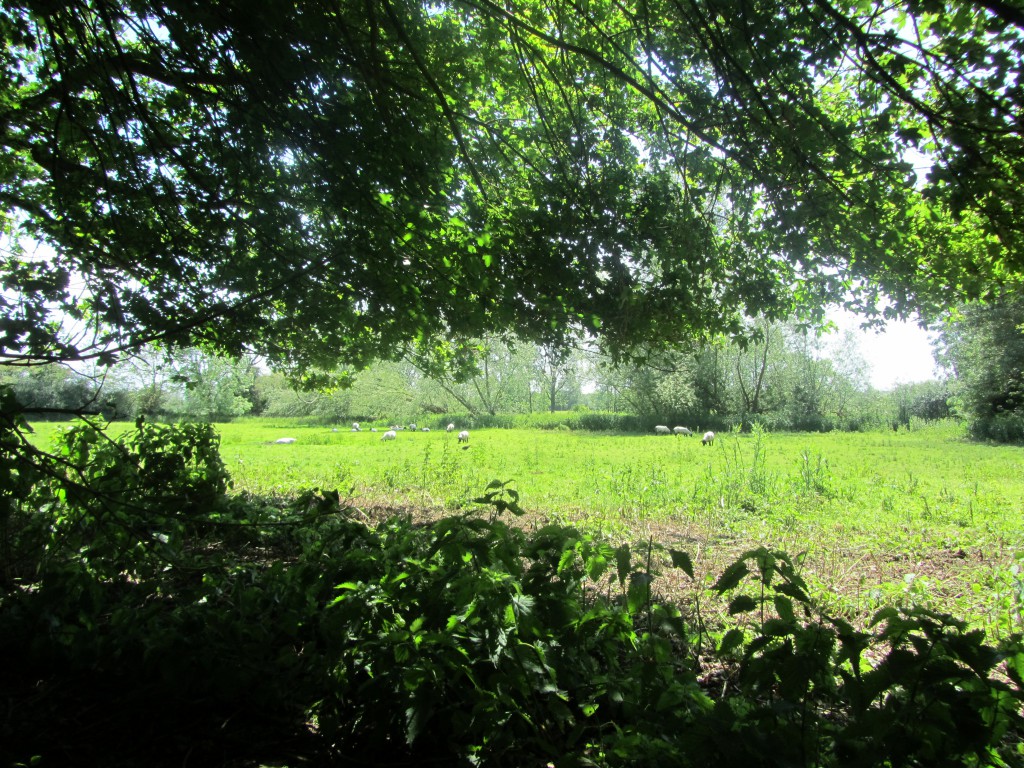


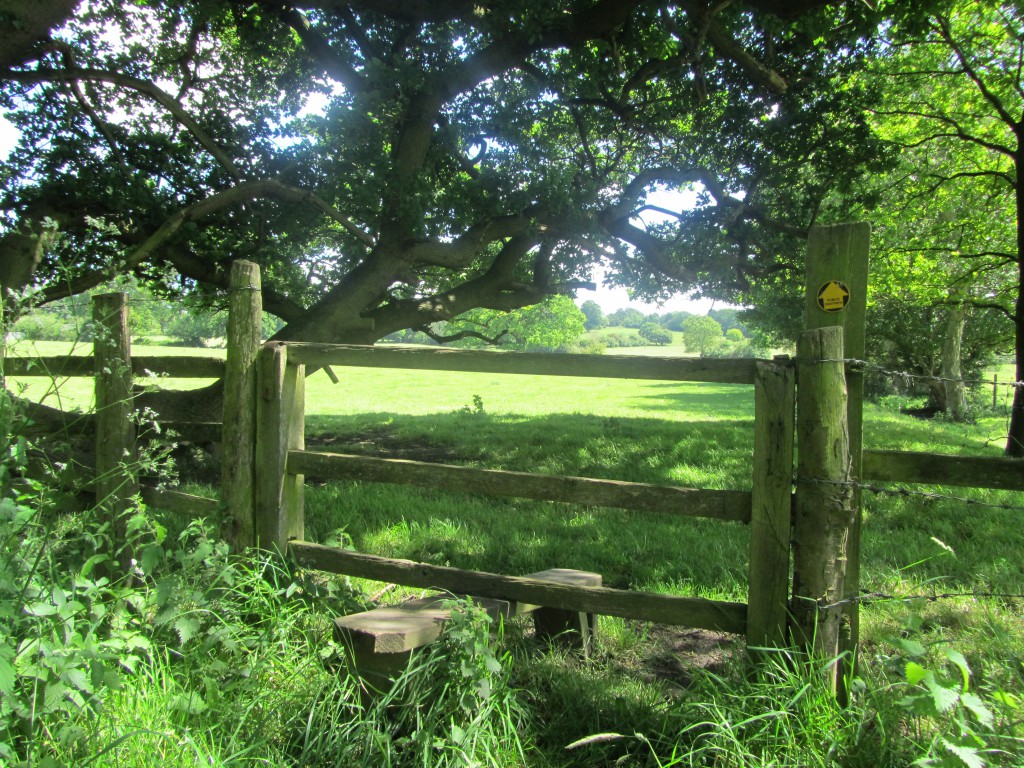



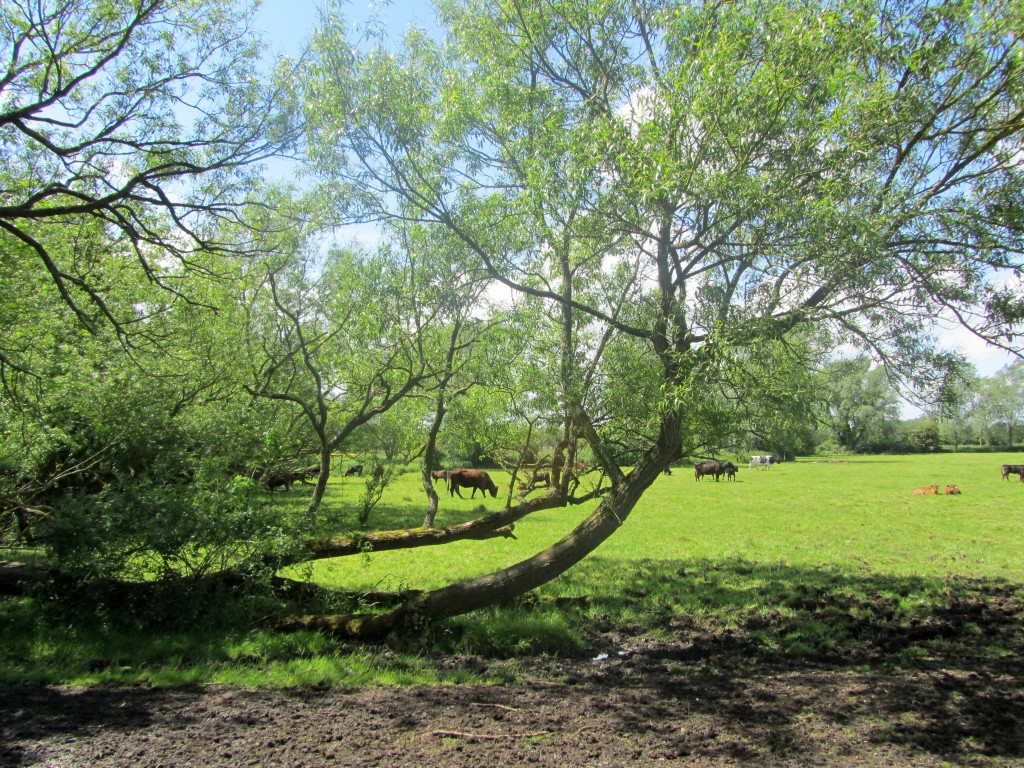


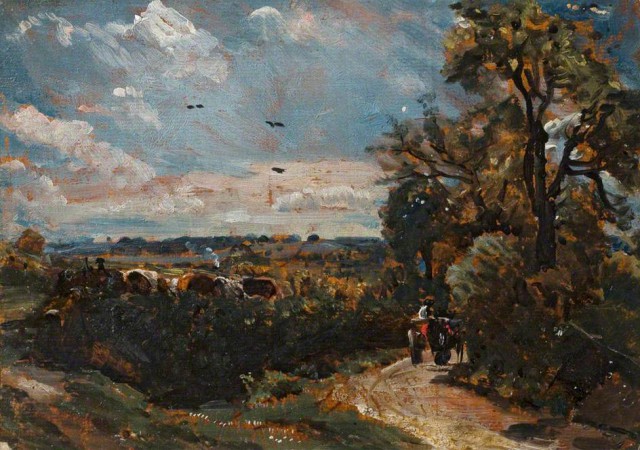
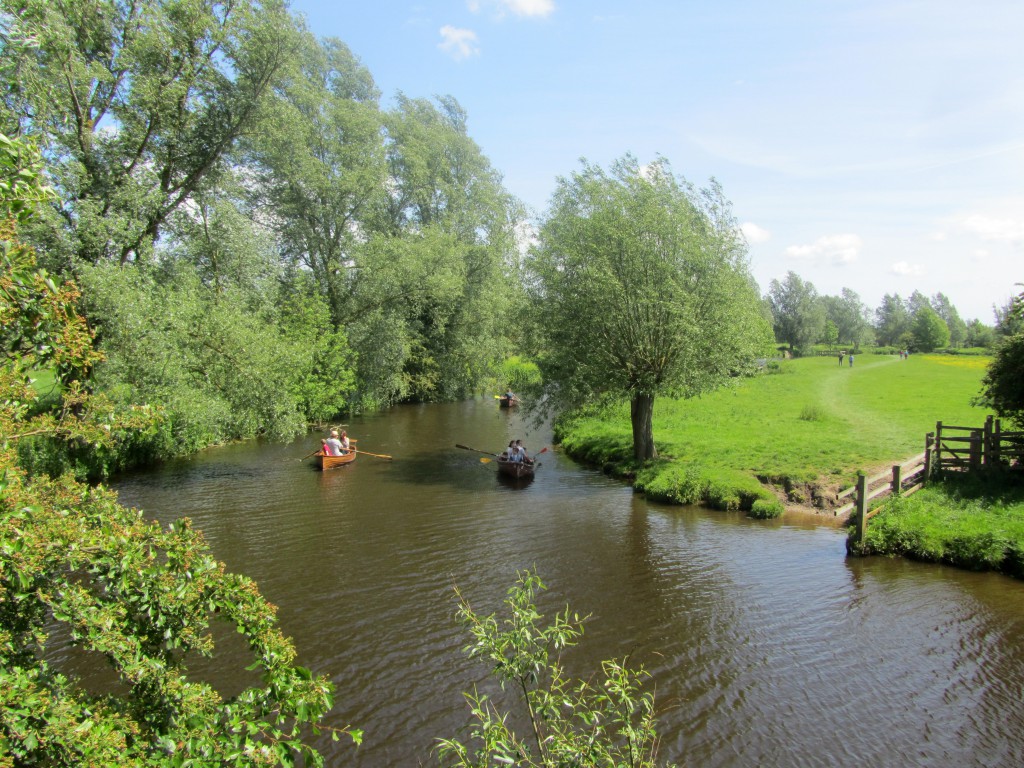
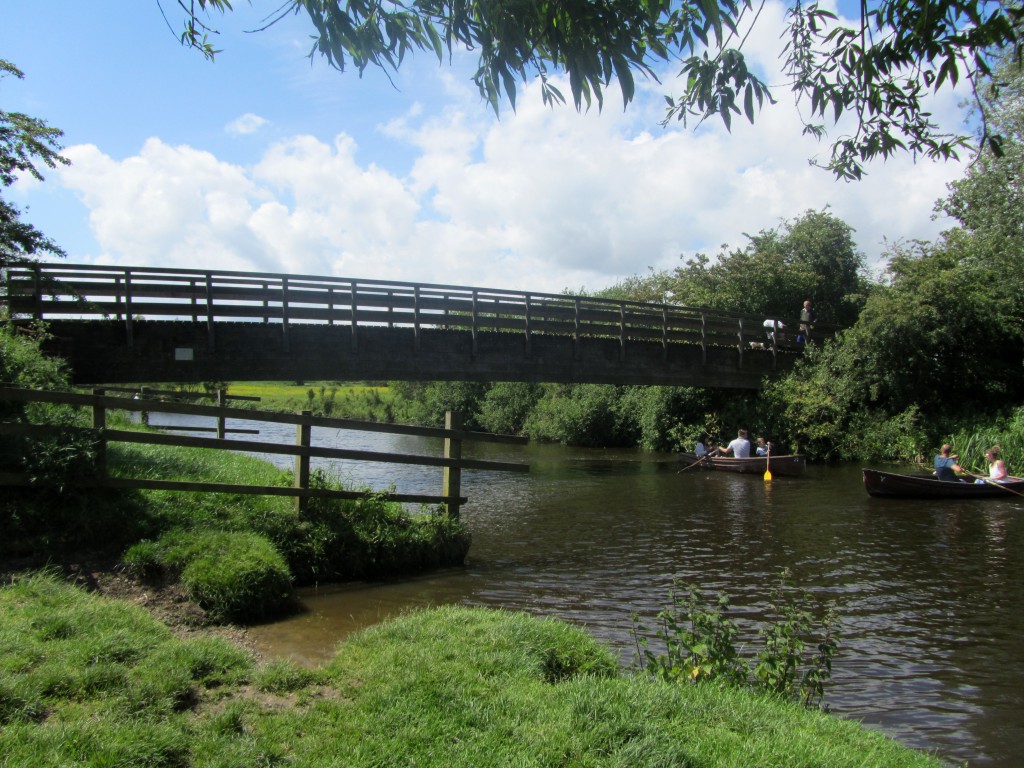
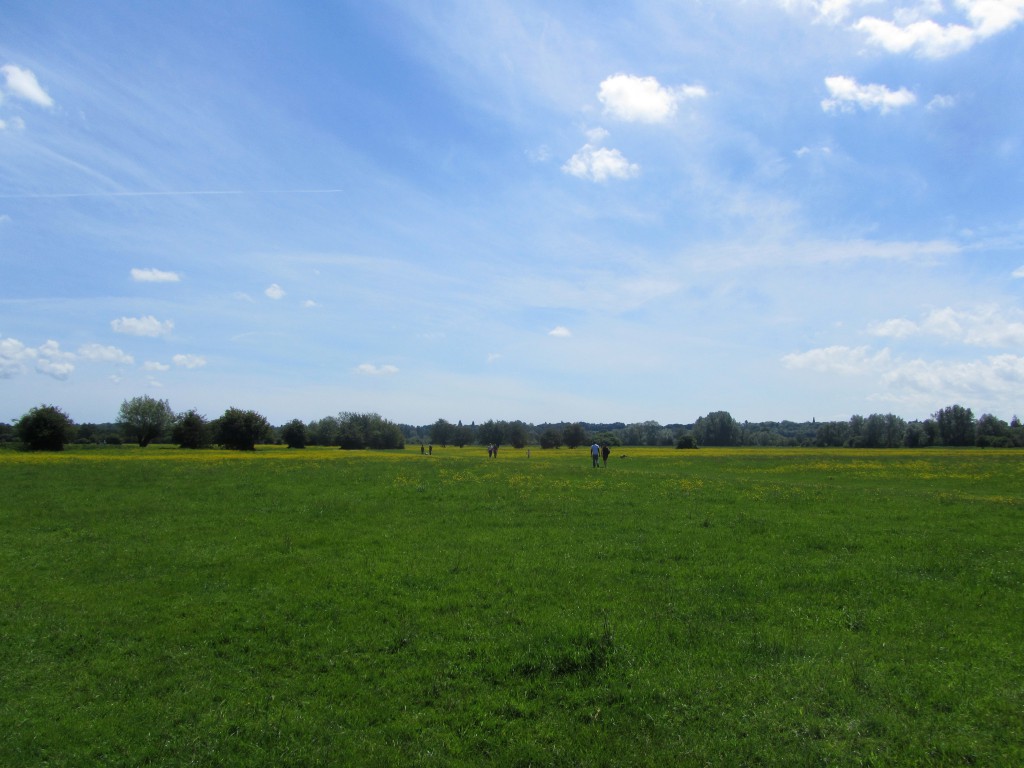
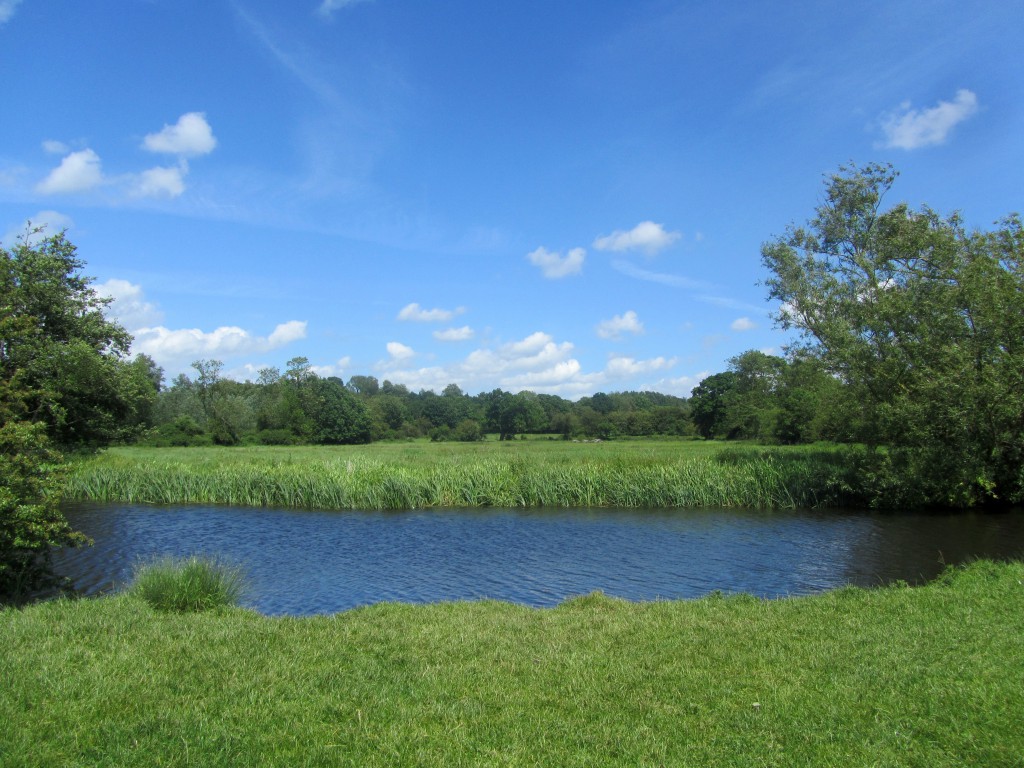


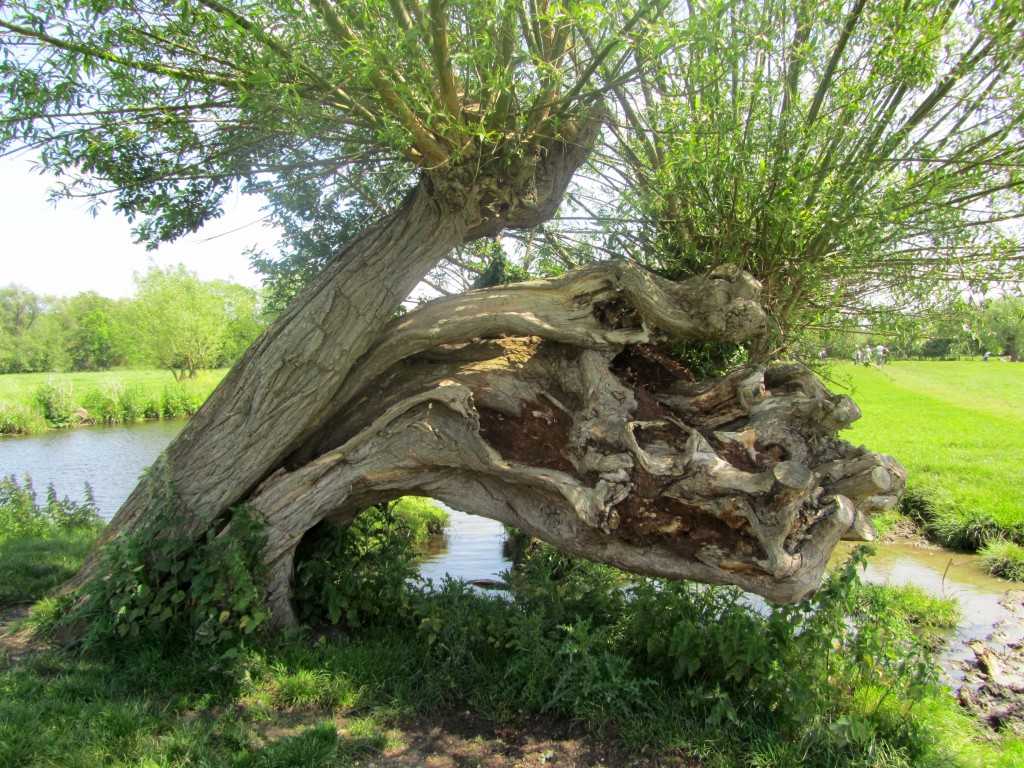
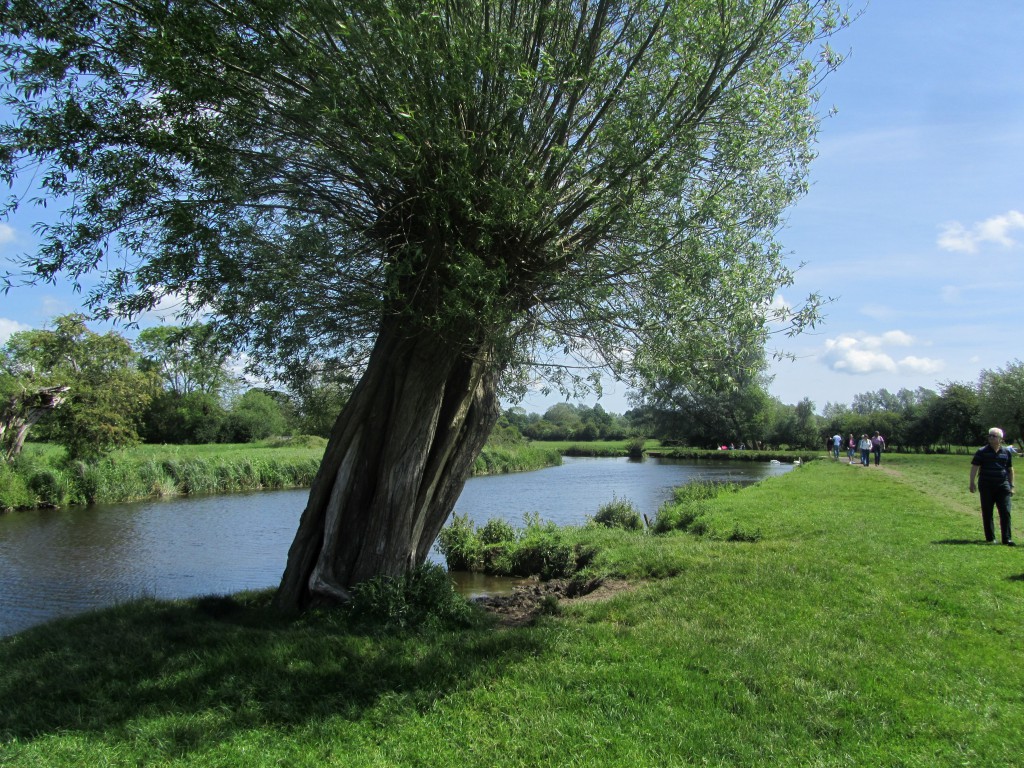
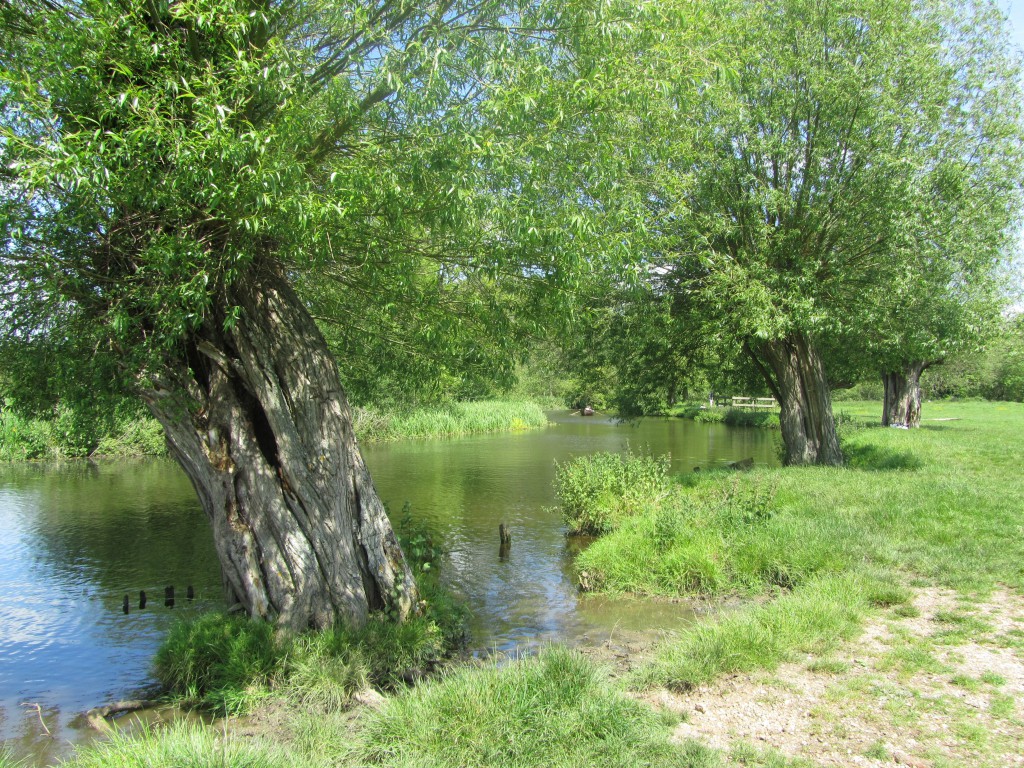
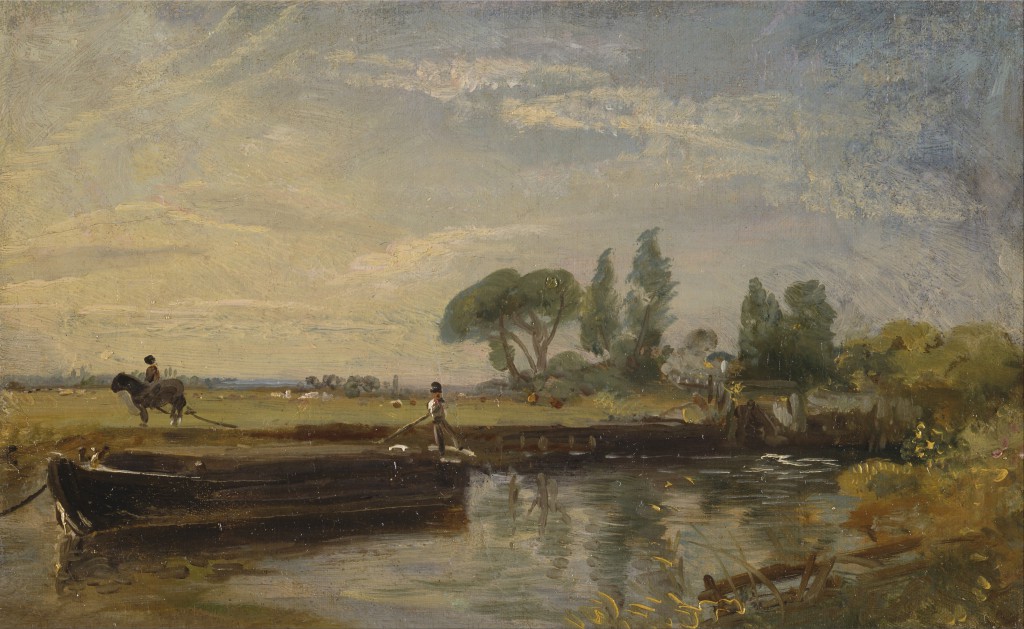
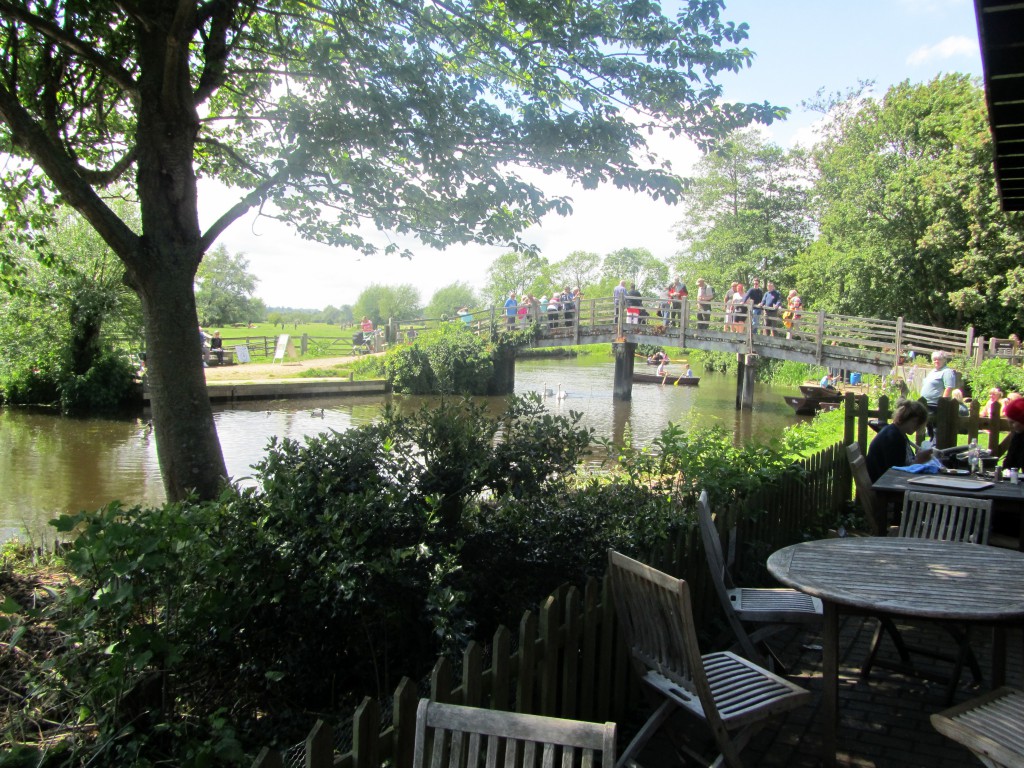
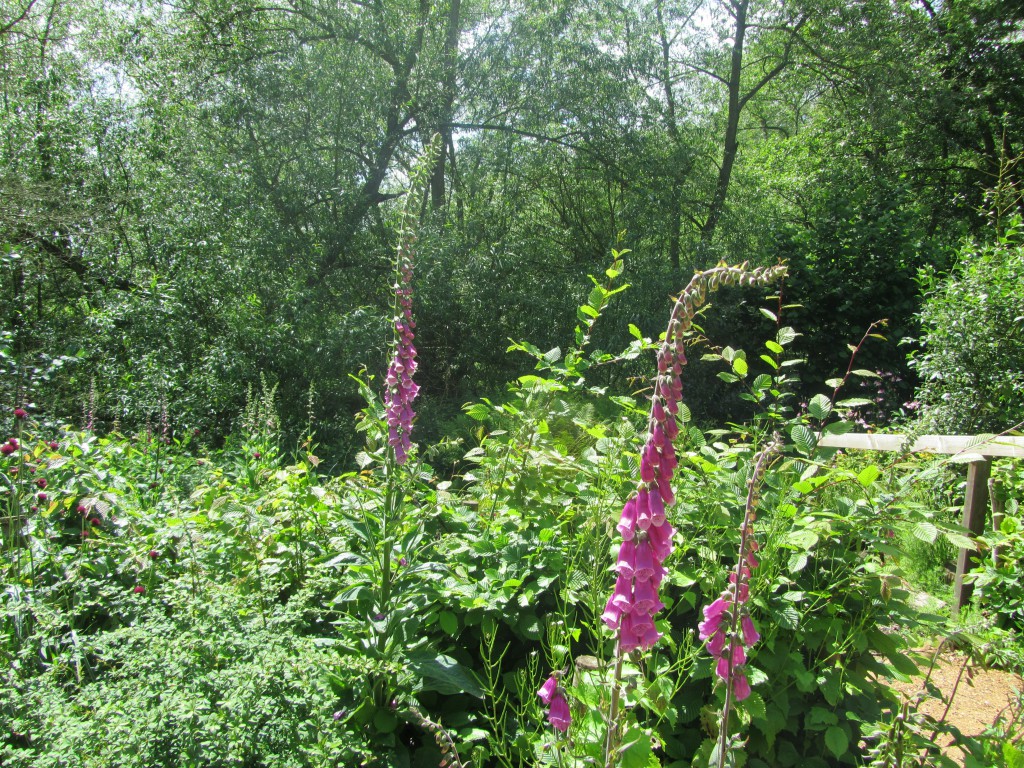
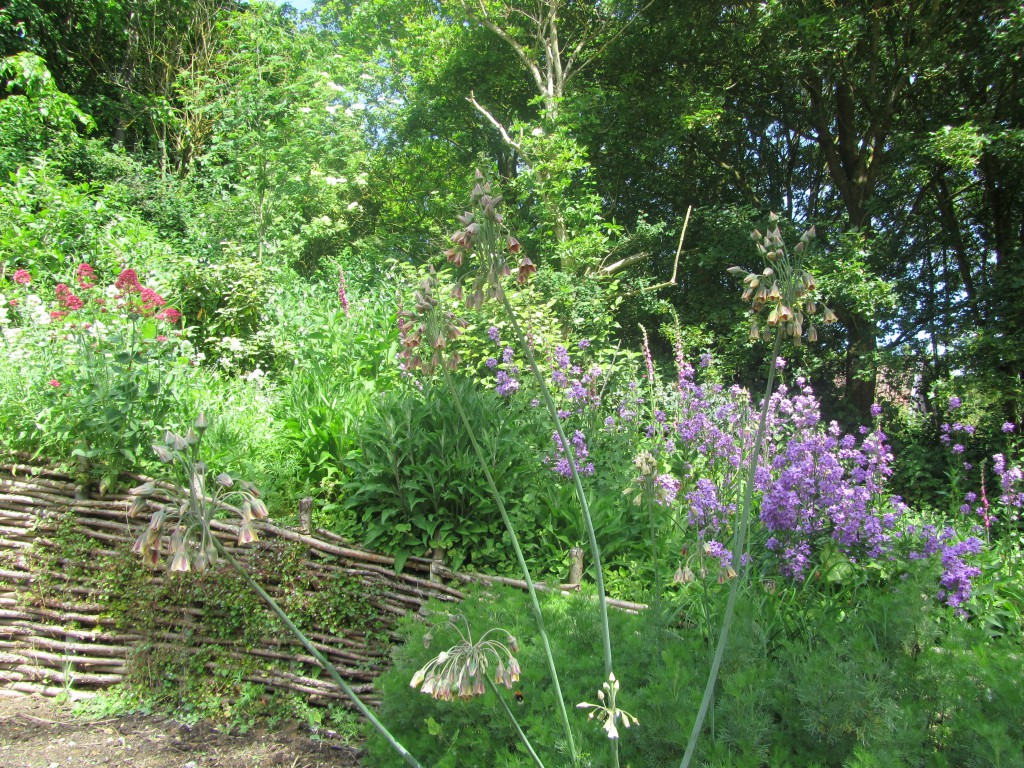
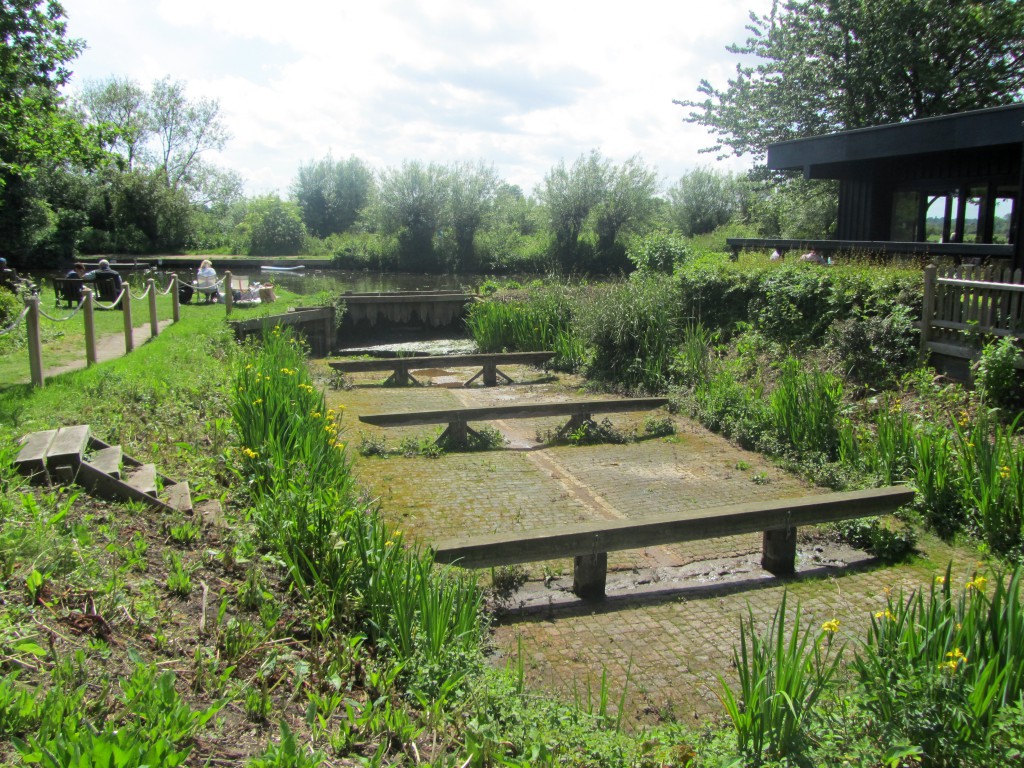
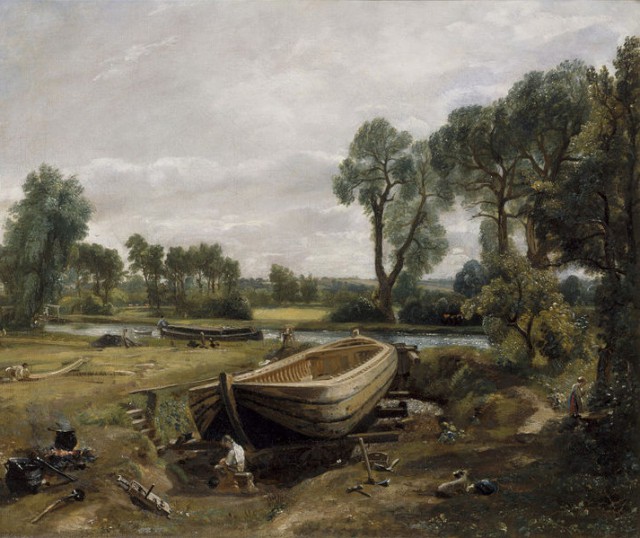
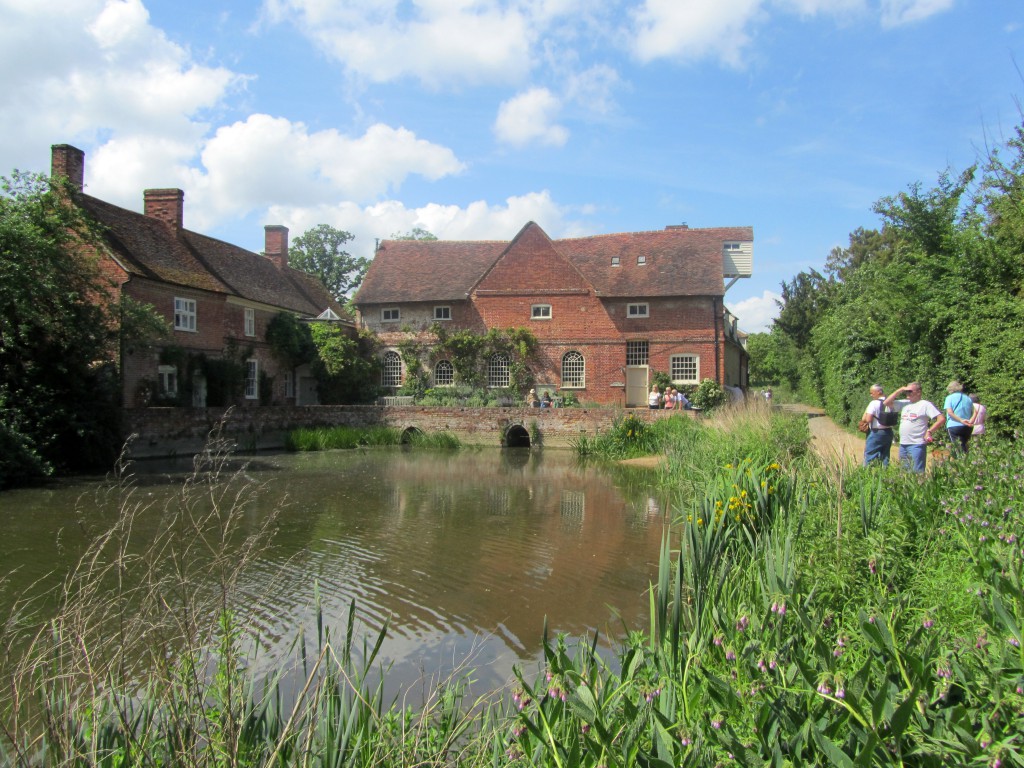

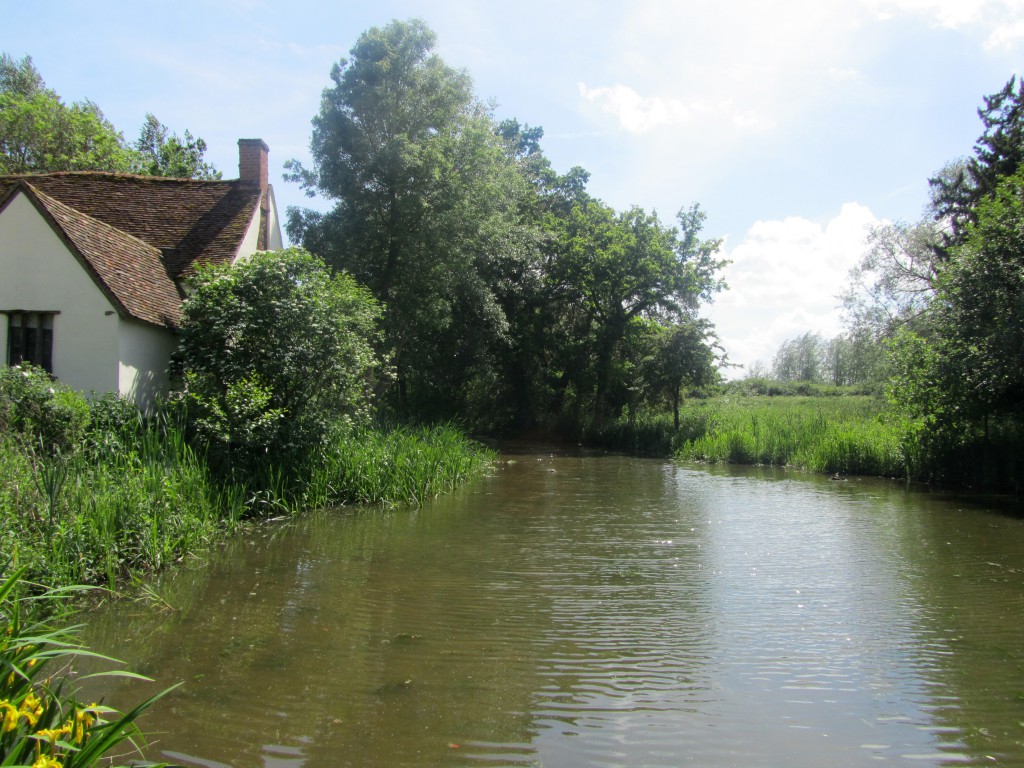
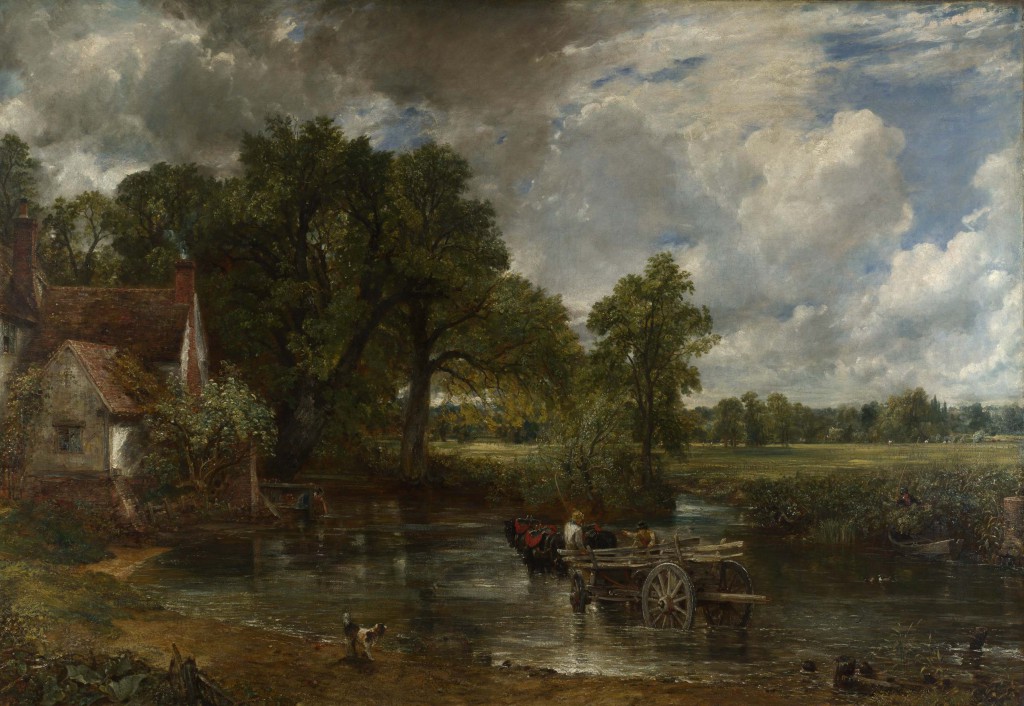
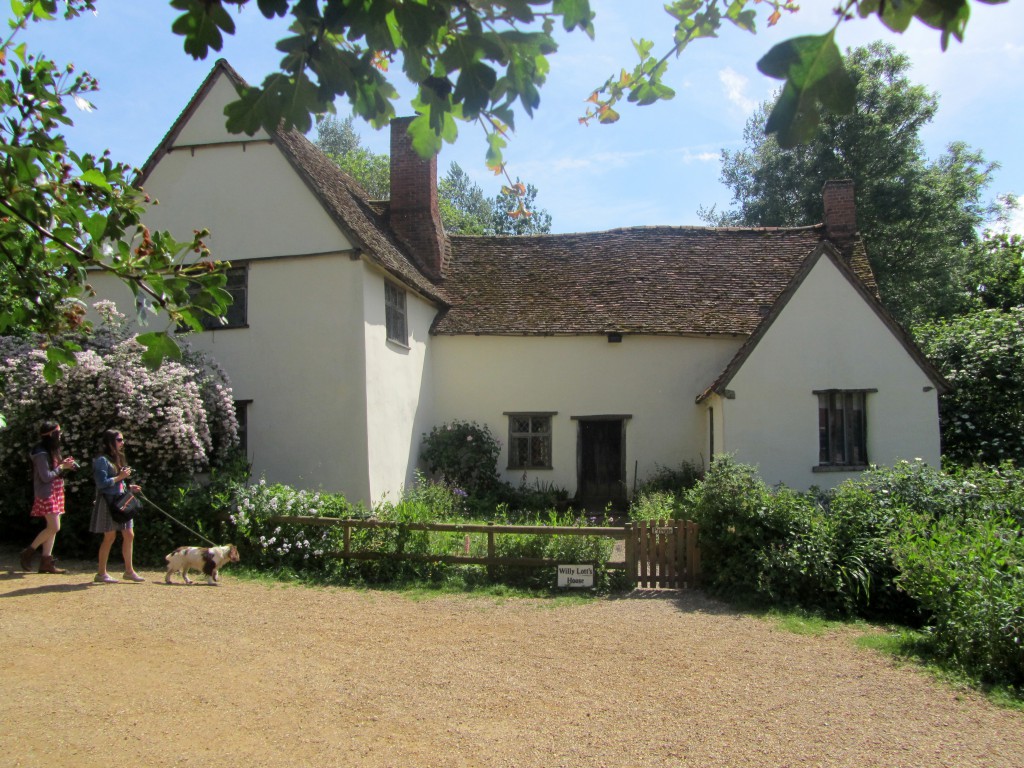
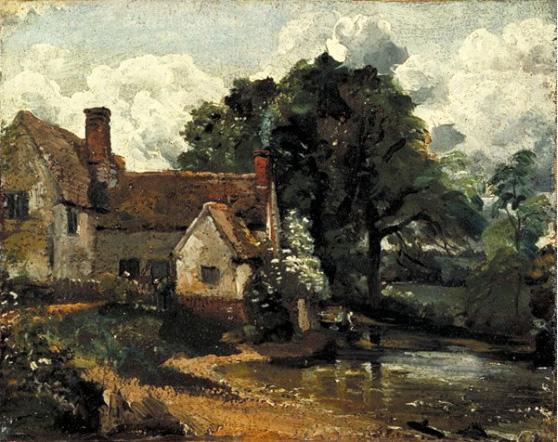
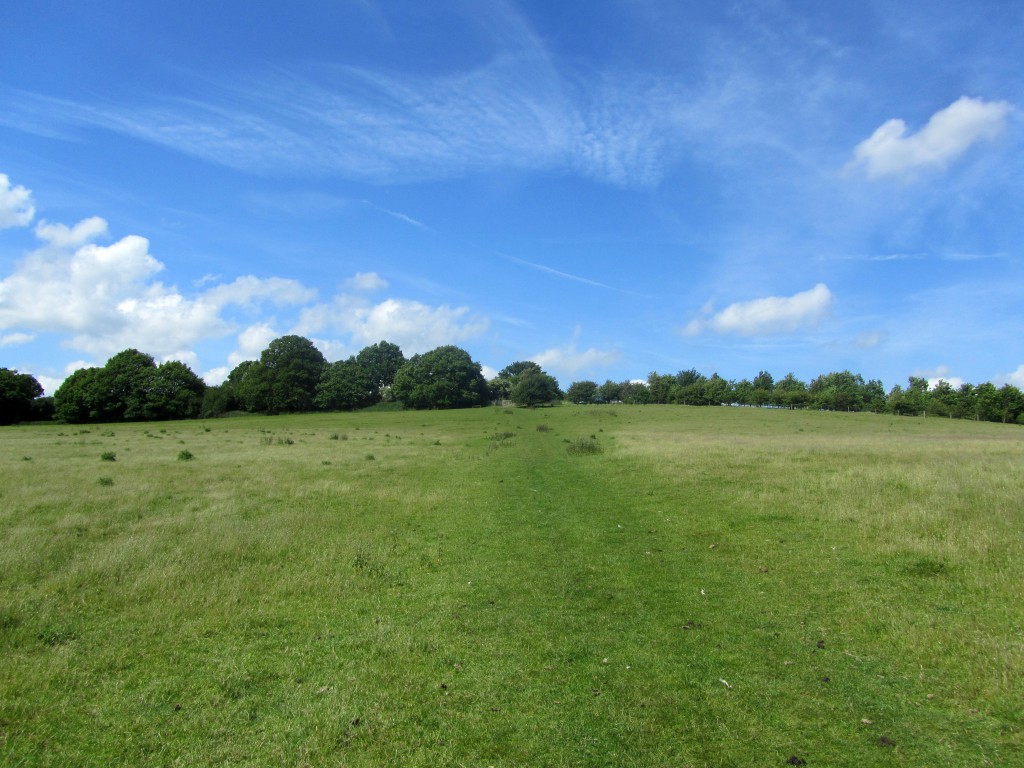
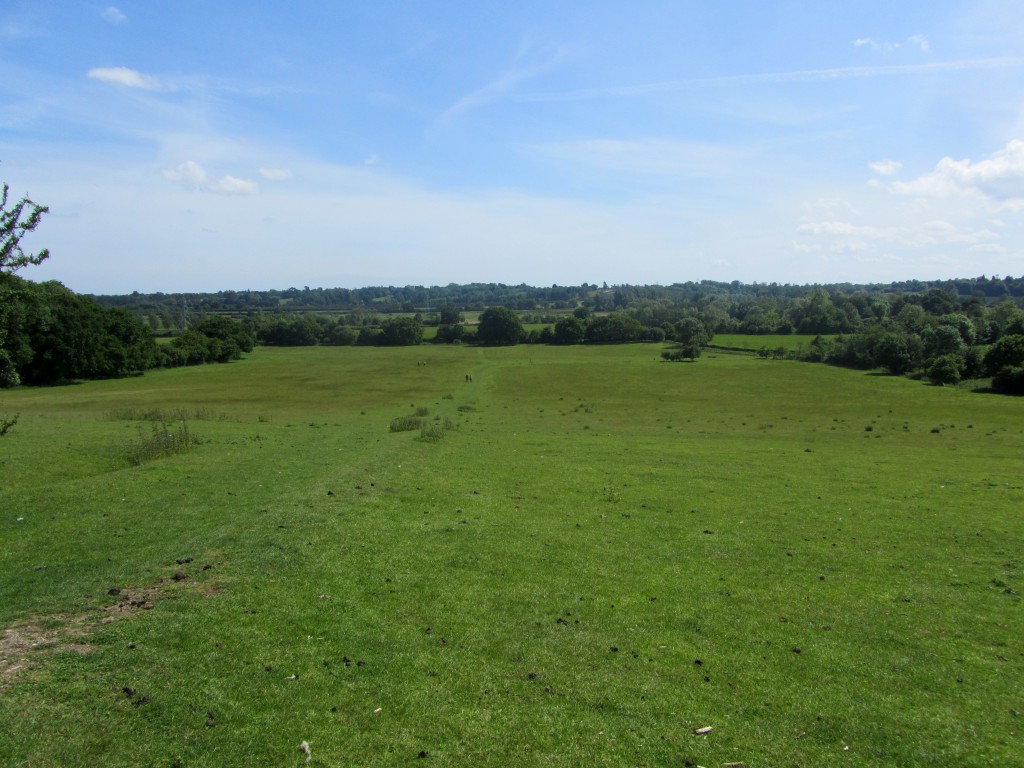
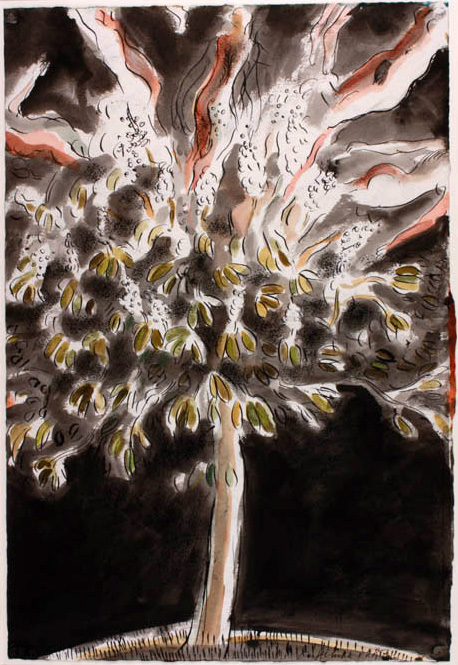
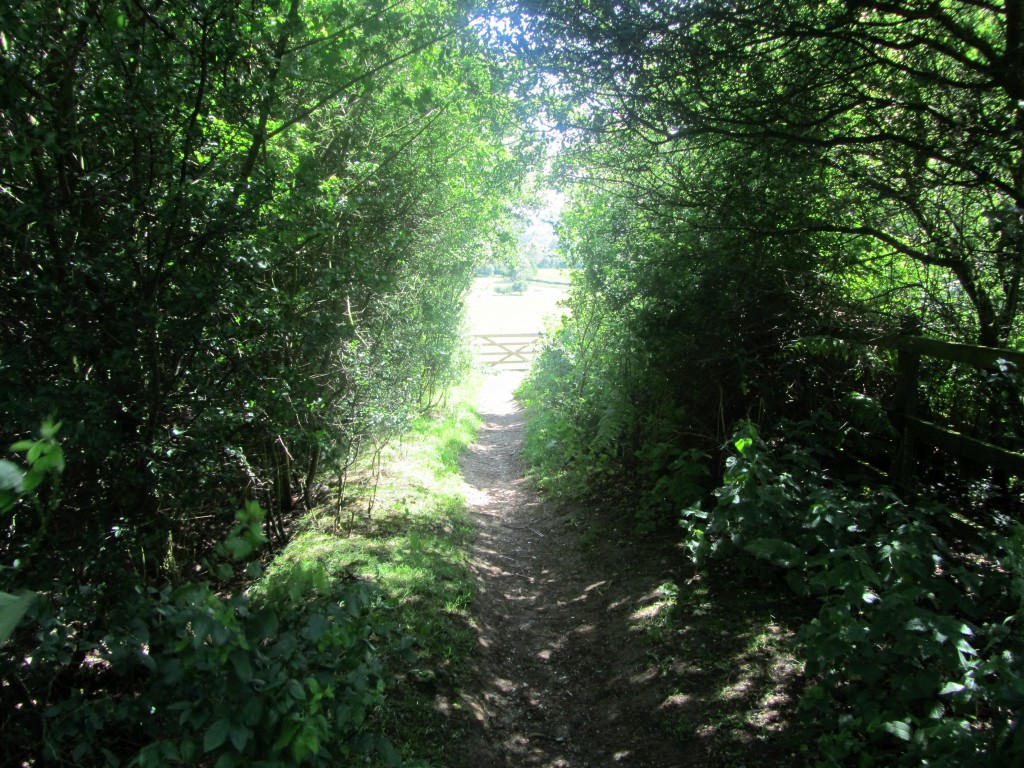
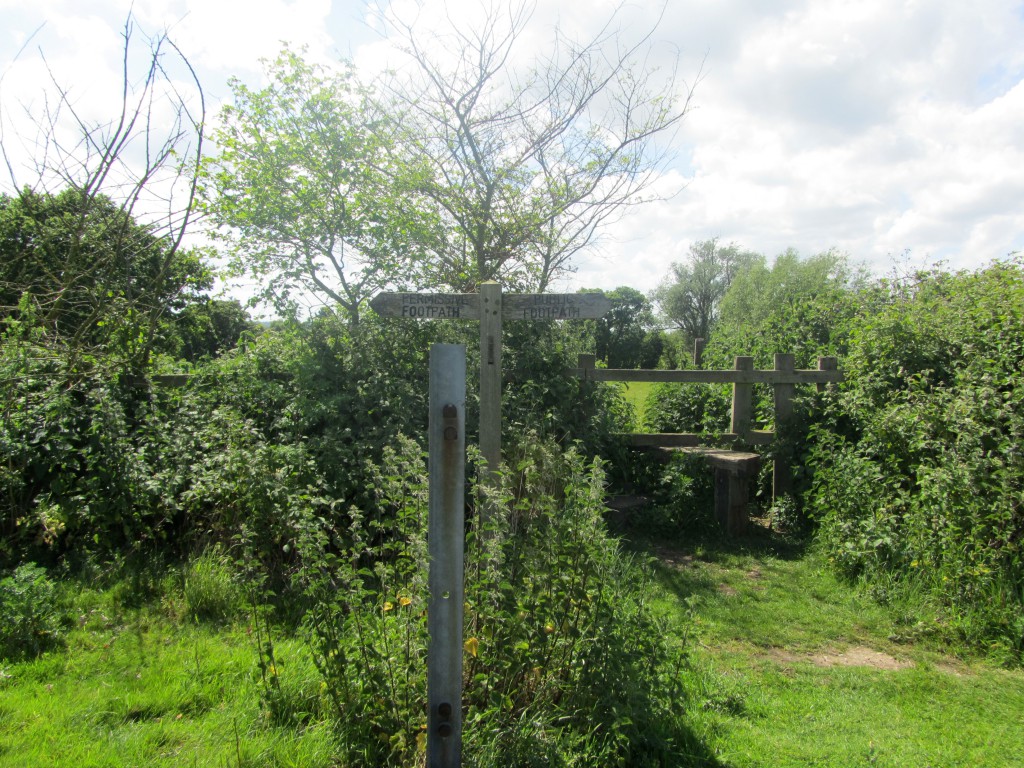
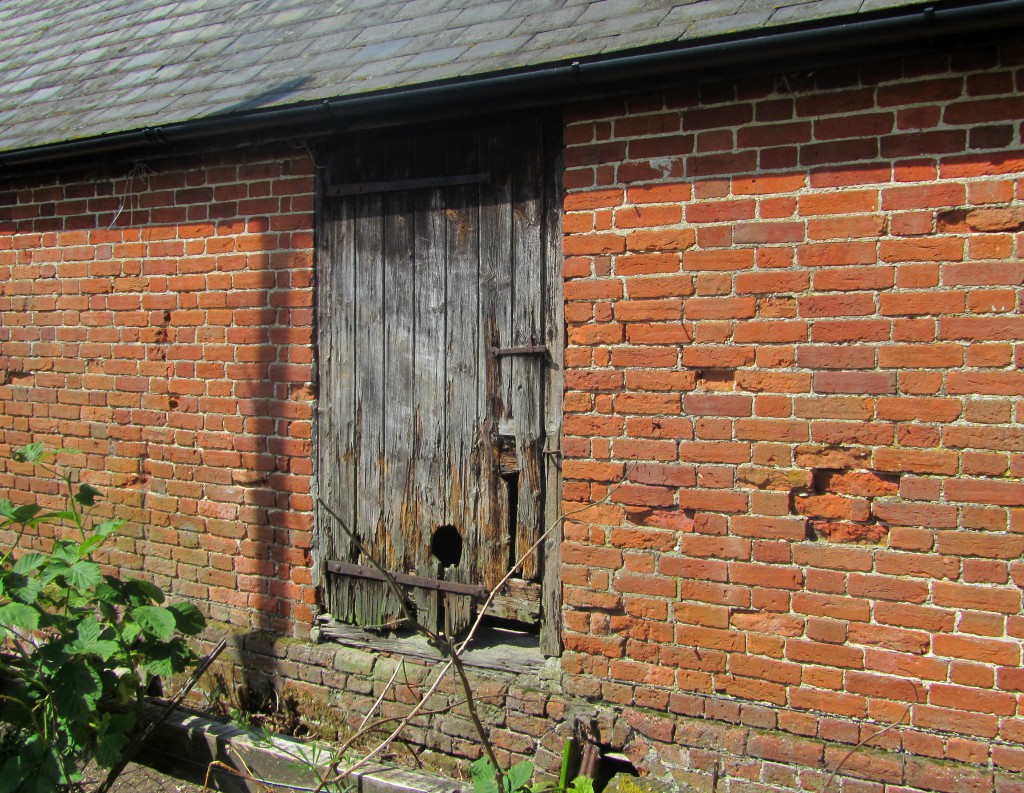
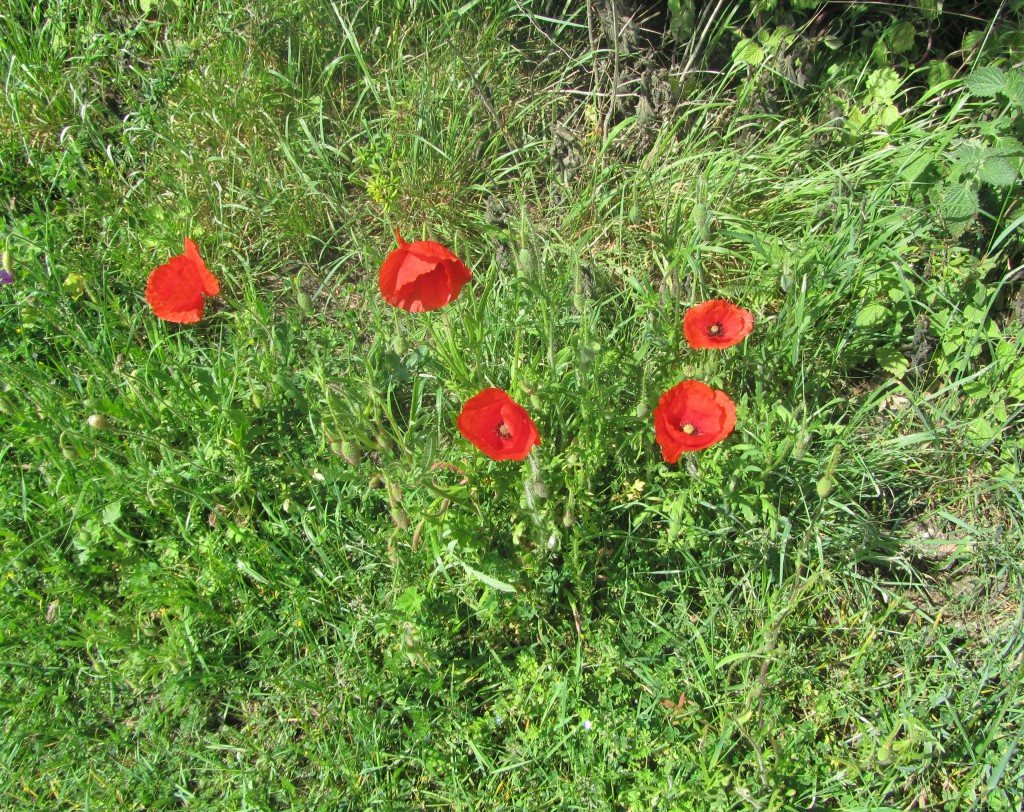
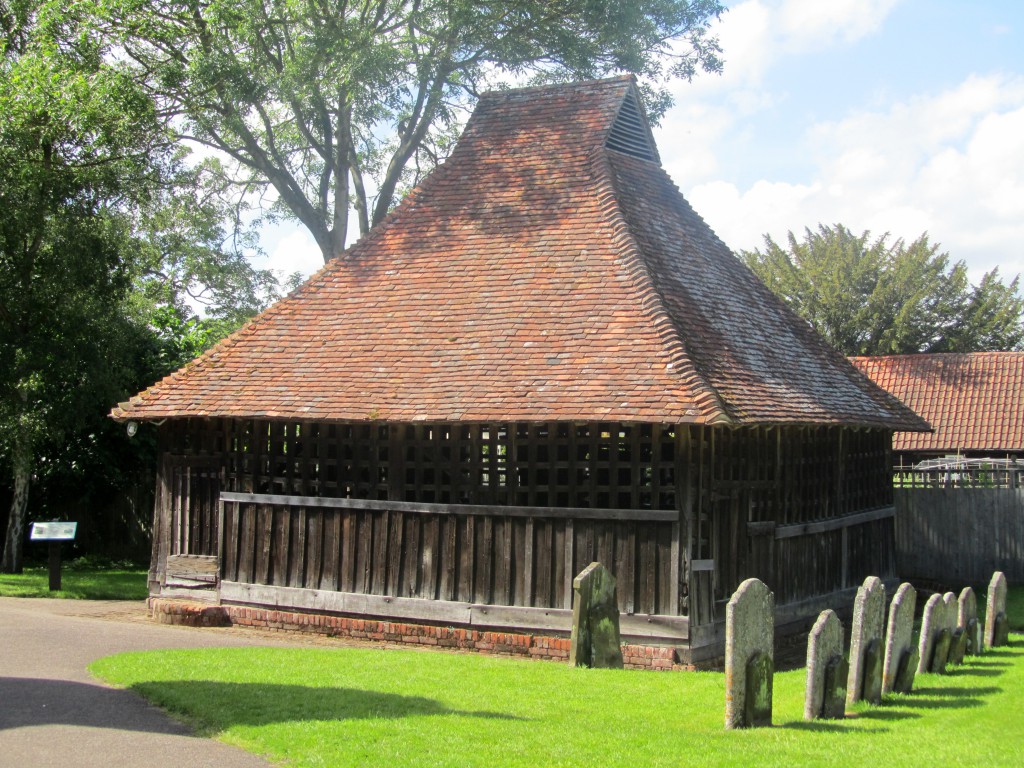
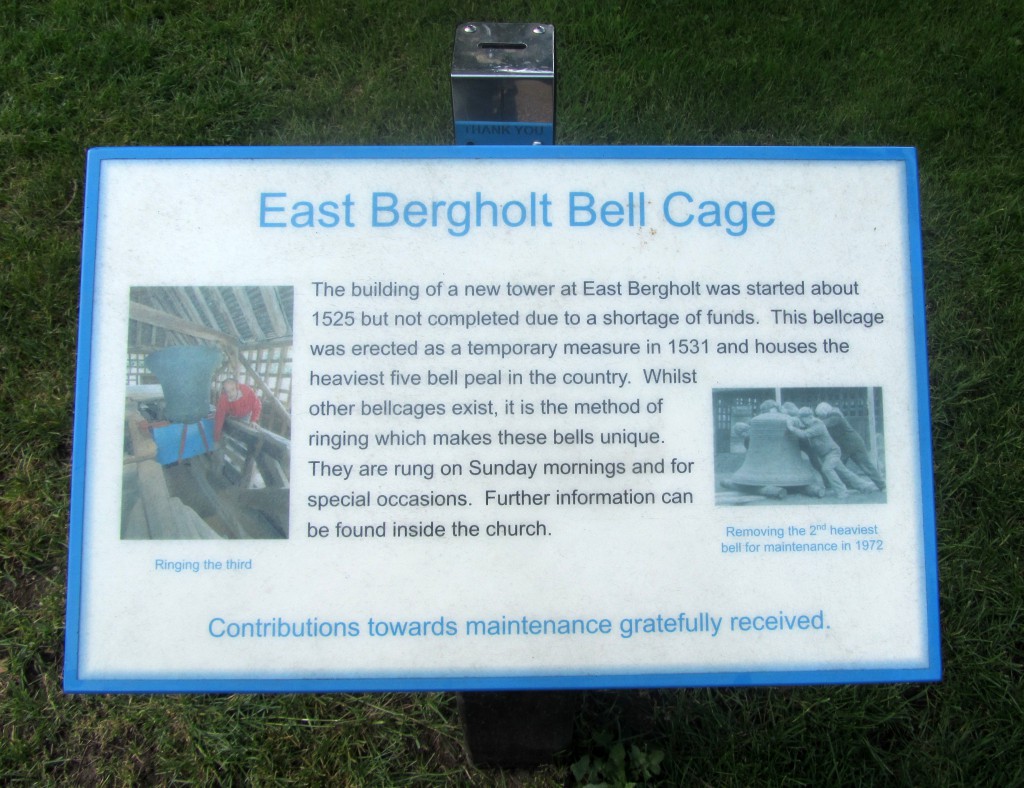
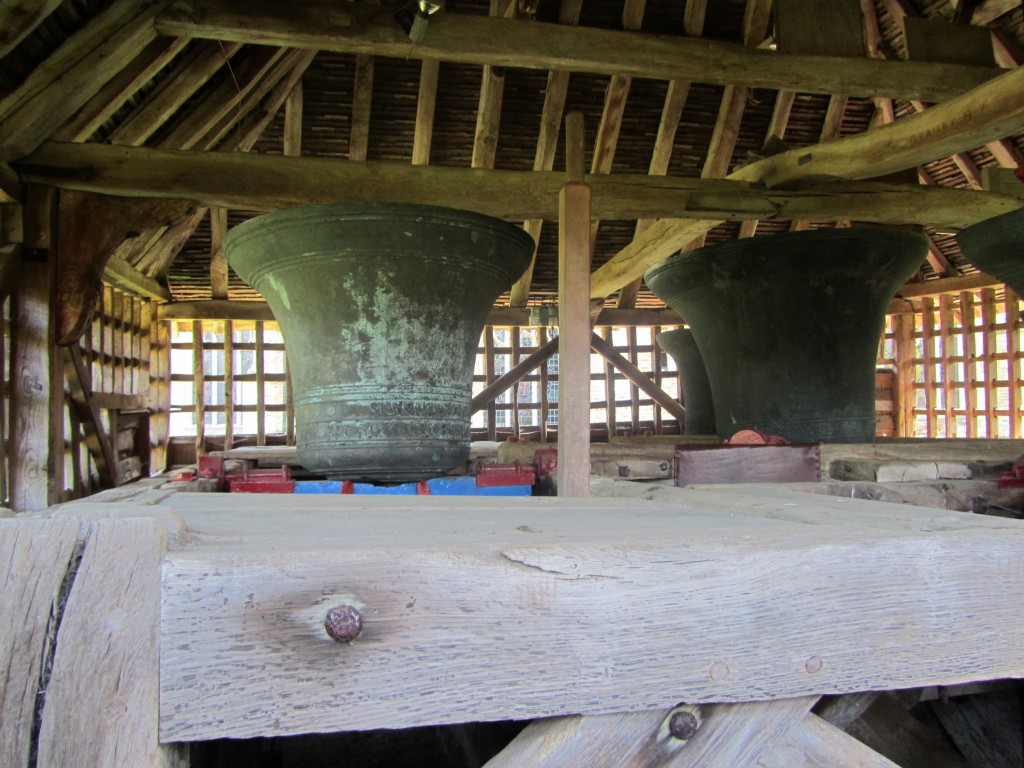
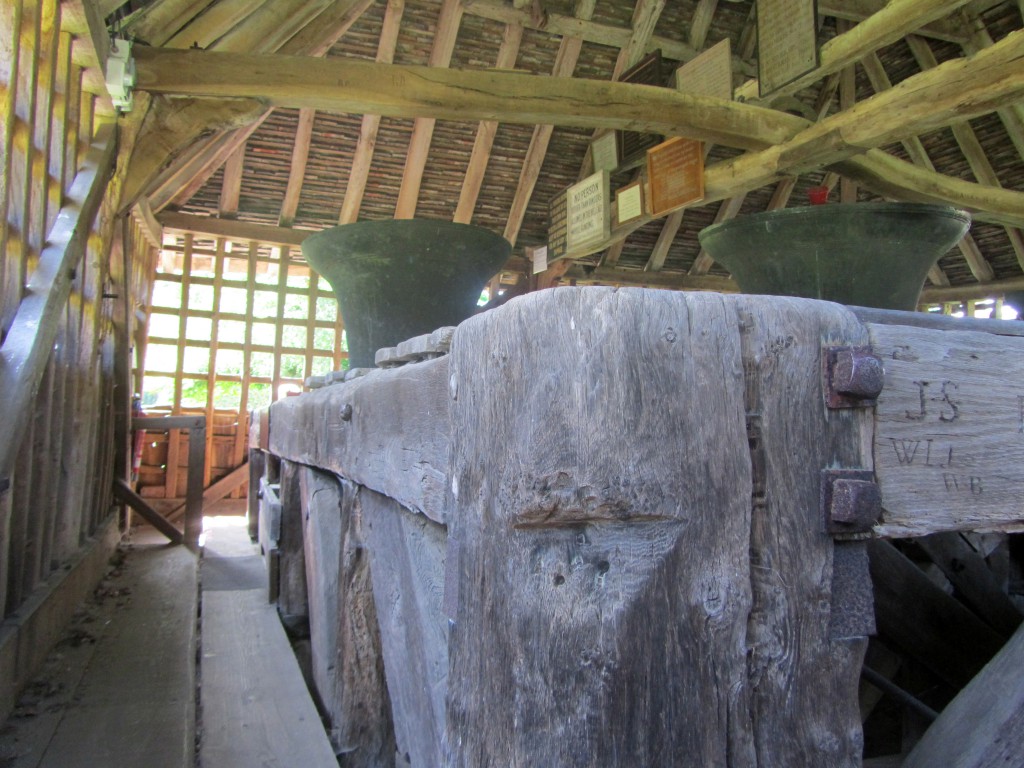
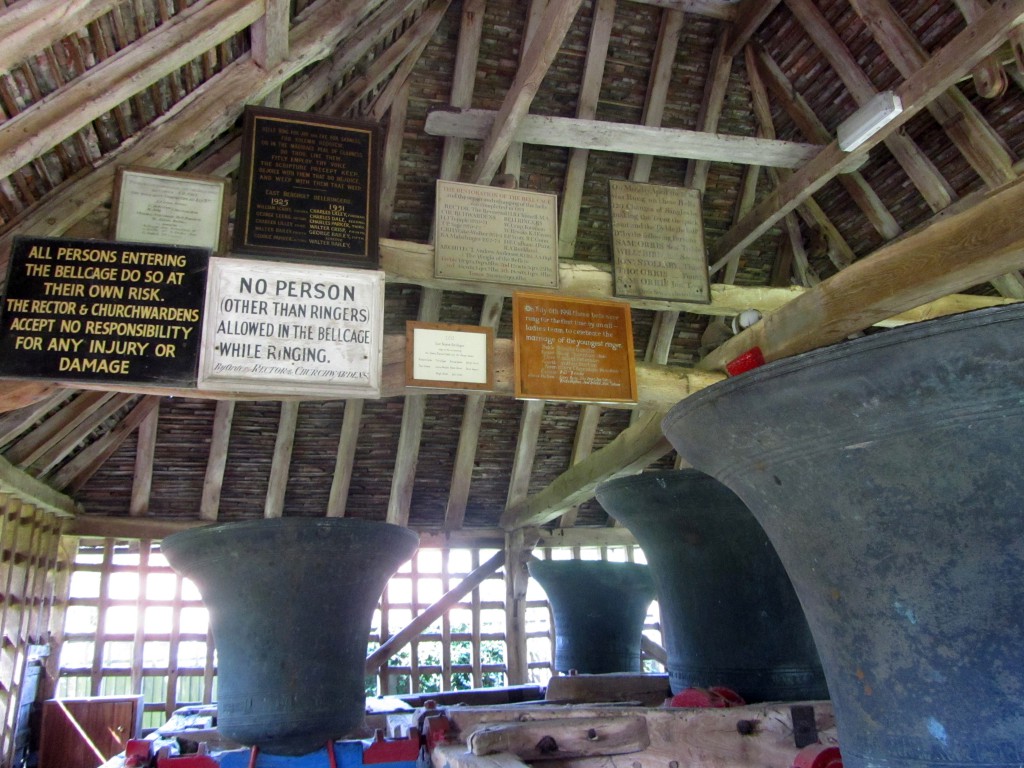
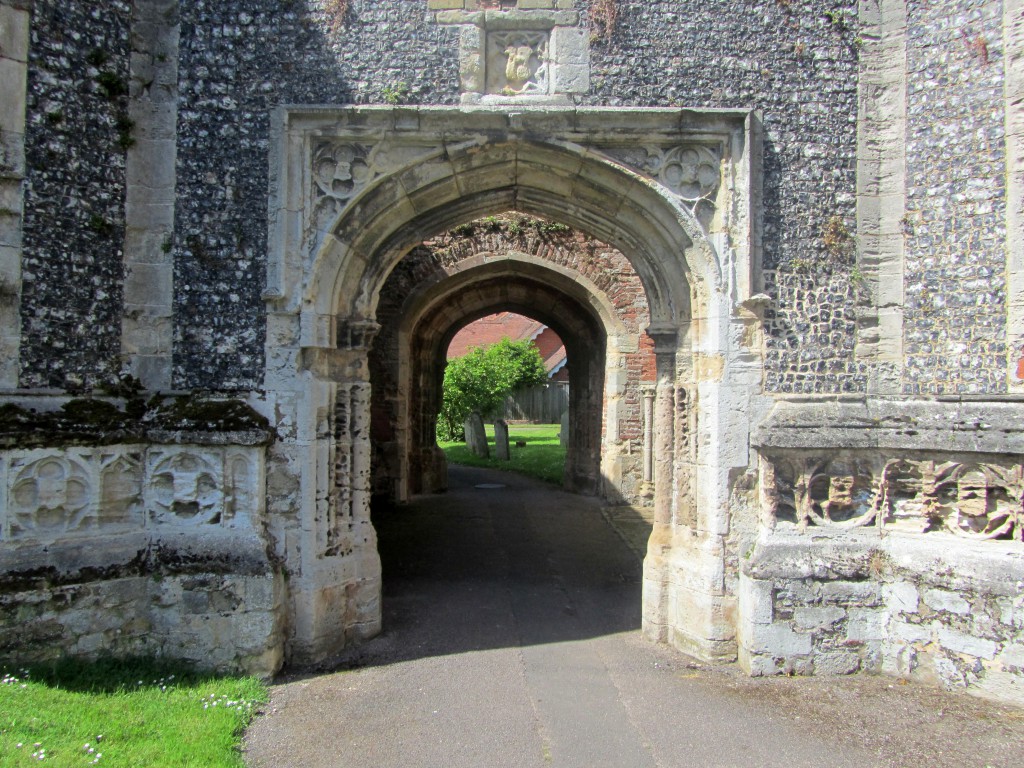

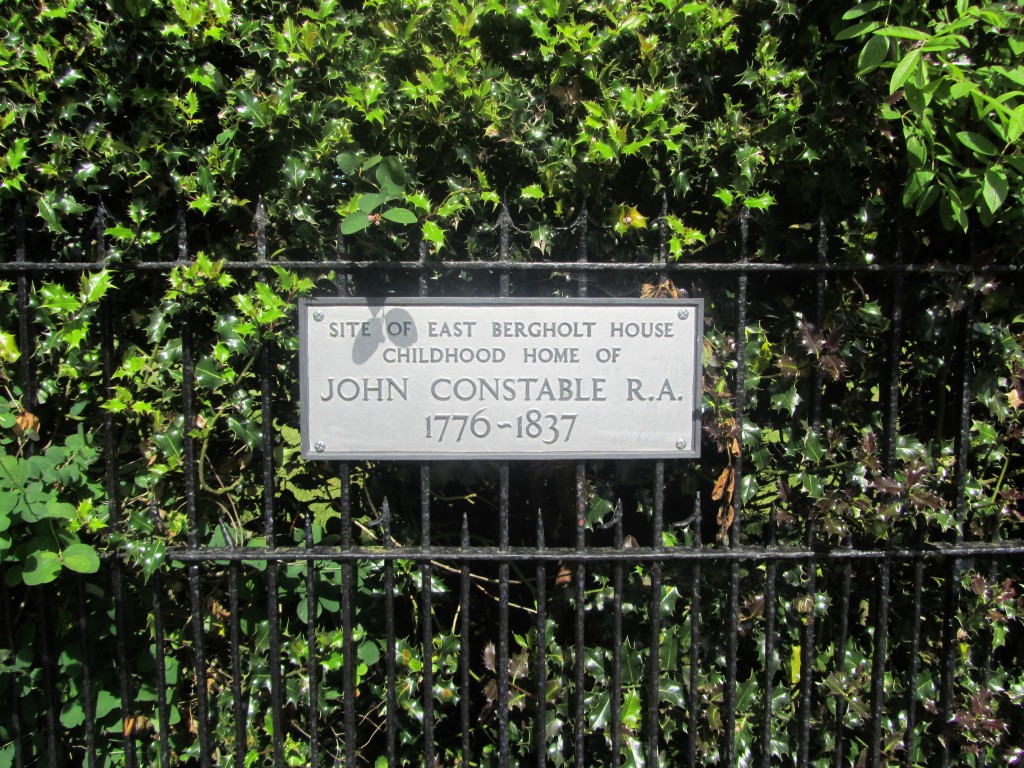
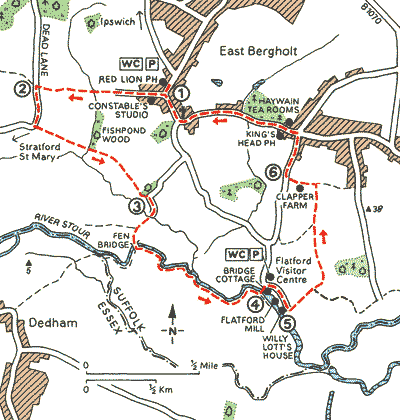
WONDERFUL!
A beautiful place, lovely memories and you have reminded me, thank you
Chris,
Great idea retracing some of Constable’s steps. Your Hay Wain photograph was so good that I was surprised that I did not see the fisherman in the weeds on right side of the river. Very nice!
Hank
Chris,
Your Constable blog with the Hay Wain reminded me of a story, perhaps apocryphal, about Monet. Supposedly Monet and Sisley were in London at the National Gallery sitting down on a bench in front of the Hay Wain. After studying the picture for some time, someone approached them and asked, “Why are you staring at the Constable while Turner is further down on the wall?” Monet responded, “Constable is the future; Turner the past.” The irony is that Monet’s later paintings about light owe more to Turner than Constable.
Hank
Brilliant Chris. Its just down the road from me. I love the hidden lanes.